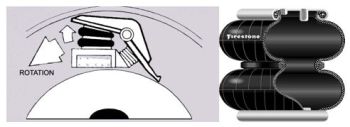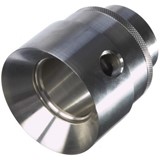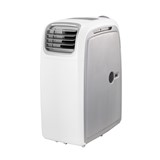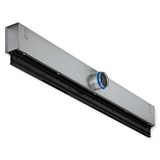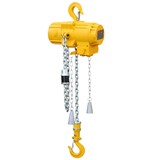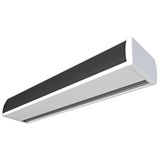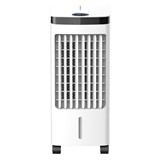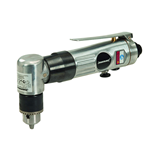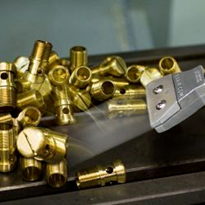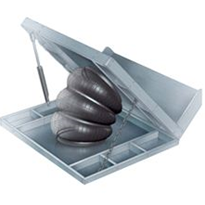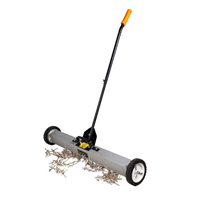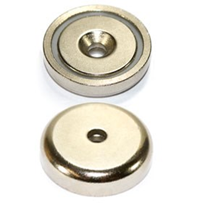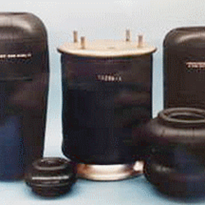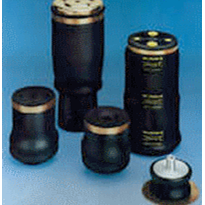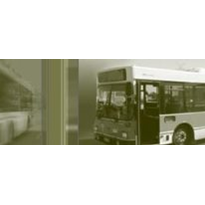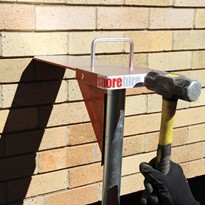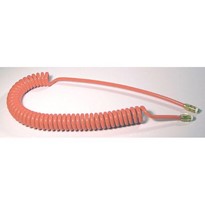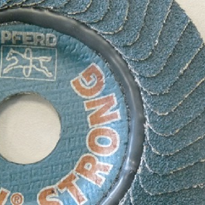By preventing material buildup, belt scrapers help keep the belt from drifting off track, prevent erratic loads on the motor, eliminates uneven wear on pulley bearings and damage to return idlers and minimises belt stretching. New designs can optimise these benefits, says Air Springs Supply Pty Ltd, which supplies pneumatic actuators and isolators for equipment such as belt scrapers and other vital conveyor ancillaries.
In addition to ensuring that scrapers are made from the correct material (not too hard, so as to damage the belts, not too soft, so as to be ineffective on material being conveyed) it is important to pay special attention to the style of actuation, says Air Springs supply National Sales and Marketing Manager Mr James Maslin.
While in some instances metal springs, flexible blocks or torsion bars will satisfactorily position the scraper adjacent to the belt surface, other applications increasingly require more sophisticated, flexible and continuously supple arrangements. These can be provided by flexible pneumatic actuators, such as Airstroke® air spring actuators from Firestone.
These tough rubber-and-fabric bellows (identical in construction to the airbags used in the latest truck and train suspensions) are in essence highly engineered balloons. Because the amount of force they exert against a surface varies in continuous proportion to the amount of air pressure contained within them, they can adjust to different load requirements simply by varying this pressure.
In addition, air springs (whether egg-sized mini actuators or triple convoluted models half a metre in diameter) provide force evenly over the surface upon which they are acting, rather than imposing sharp point loads, Further, they will undulate over irregular loads passing beneath them, flexing with the load profile if necessary, rather than fighting irregularities in the load and causing jerking, jamming and strain on the production line.
Now being adopted by Australian manufacturers and processors for uses as diverse as fine food and pharmaceutical production, through to mineral processing and bulk material handling, air springs also have another major advantage for design engineers: the ability to rotate through an angle without a clevis. In addition to making air springs easy to install in compact spaces, this ability to bend with load (and to tolerate high side loadings) means the air springs will perform where more rigid alternatives would break or wear.
Air springs' other advantages (such as containing no internal moving parts to break or wear) have been widely proven over a wide range of materials handling uses. These extend from conveyor direction gate actuation, lift sections and bumper stops, through to stamping presses, gluing presses and flexible counter-pressure cushions for automotive body component presses (where, again, they are valued for their ability to increase production quality by applying force evenly over the surface to which they are being applied.
Available in force capacities from a few dozen kilograms up to 40,000kg a unit, James Maslin says air springs are not the sole means of actuation for every application, nor, in some instances, the ideal one. "But, like many simple ideas in engineering, this actuation system has in the past been overlooked in favour of more complicated alternatives and is finally now achieving the consideration it deserves".


